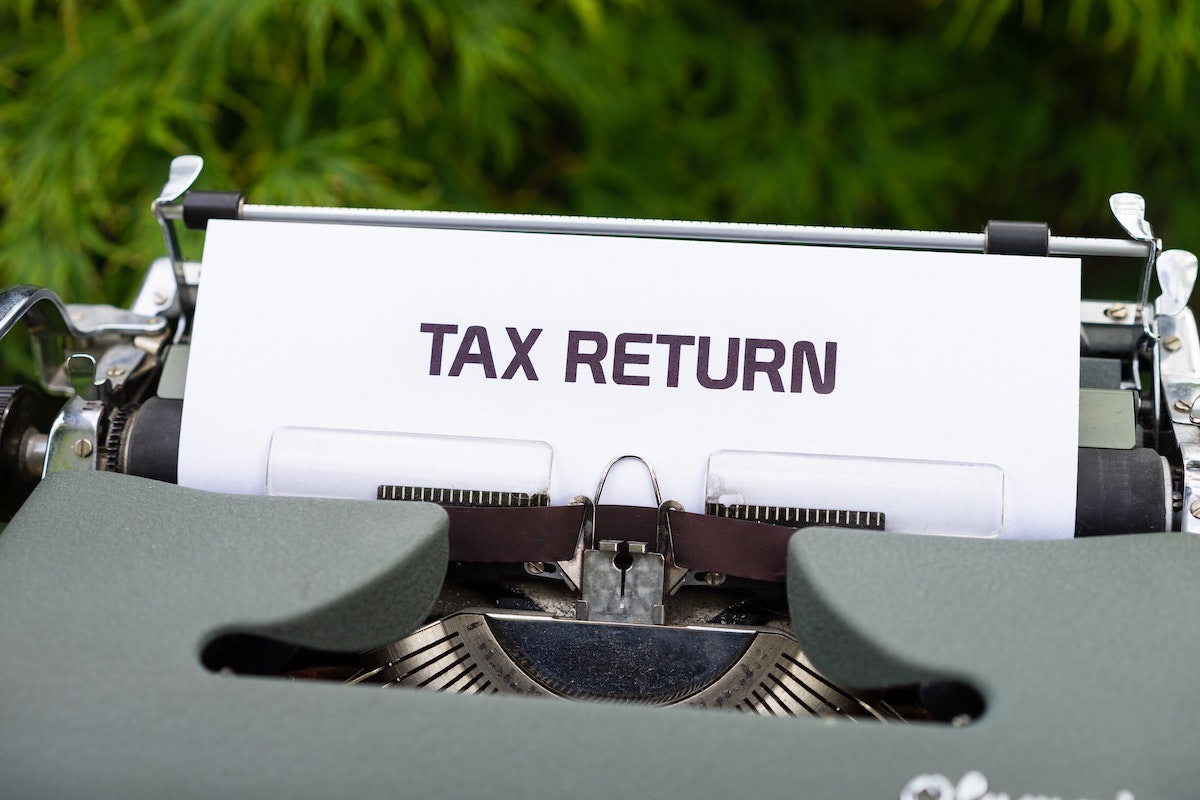 Photo by Markus Winkler on Unsplash
Photo by Markus Winkler on Unsplash
The California Department of Tax and Fee Administration (CDTFA) recently released cannabis tax revenues for Q3 2020. While the taxes levied on retailers cannot be extrapolated directly into sales figures, they show that demand from consumers and medical patients continues to expand this year at an accelerated rate compared to 2019. Additionally, collections from the state cultivation tax reached a record high, far surpassing previous receipts, indicating that an unprecedented amount of flower and other plant material entered the commercial market in Q3.
According to CDTFA, receipts from the excise tax on retailers reached $159.8 million in Q3, up 18.4% from $135 million collected in the prior quarter. Q3 2020’s excise tax revenues are also up by 89.6% year-over-year, although some of that increase is due to a rise in effective tax rates from adjustments made by CDTFA ahead of 2020.
In California, general sales tax is applied to purchases of cannabis by adult-use consumers. Receipts from sales taxes reached $105.9 million in Q3 2020, up 12.1% from $94.5 million in Q2. Collections from this levy are up by 66.2% year-over-year and may better reflect sales growth amongst non-medical purchasers than the rise in excise tax receipts.
The state cultivation tax yielded $41 million in Q3 2020, up 33.6% from the prior quarter, as well as up 79.8% year-over-year. Similar to the situation with the excise tax, part of the annual increase in cultivation tax collections is due to a roughly 4% increase in the levy for each taxed product type that went into effect at the beginning of this year.
Still, Q3 2020’s receipts from the cultivation tax show significantly expanded volumes of product entering the commercial market, which is the point at which it is taxed. Additionally, the big jump in receipts from Q2 to Q3 2020 contrasts with the small downturn in collections from the cultivation tax in the same period in 2019. Given that almost all of the fall harvest of full-term cannabis crops begins to enter the commercial market in Q4, the expansion of revenue from the cultivation tax in Q3 suggests increasing indoor, greenhouse, and light deprivation production in the state.
A brief update from the state Legislative Analyst’s Office (LAO) illustrates the acceleration of cannabis tax revenues that has occurred this year, particularly during the COVID-19 pandemic that has encompassed Q2 and Q3 2020.
Meanwhile, it appears that a prior change made by regulators to expand legal cannabis deliveries will stand, at least for the moment. According to the Associated Press, a California Superior Court judge dismissed a lawsuit brought against the state by a group of municipal governments. The lawsuit claimed that a state rule allowing licensed delivery services to deliver to consumers in any jurisdiction infringed on local control. However, local governments may still ban delivery services from operating within their jurisdictions, leading the judge to decide that the claim made in the lawsuit was not an actual conflict.
Overall, the AP report notes that the decision essentially preserves the current status quo: Licensed delivery services may serve customers statewide, apart from in localities that have explicit bans on such activities. How effectively local law enforcement can police such bans is an open question.